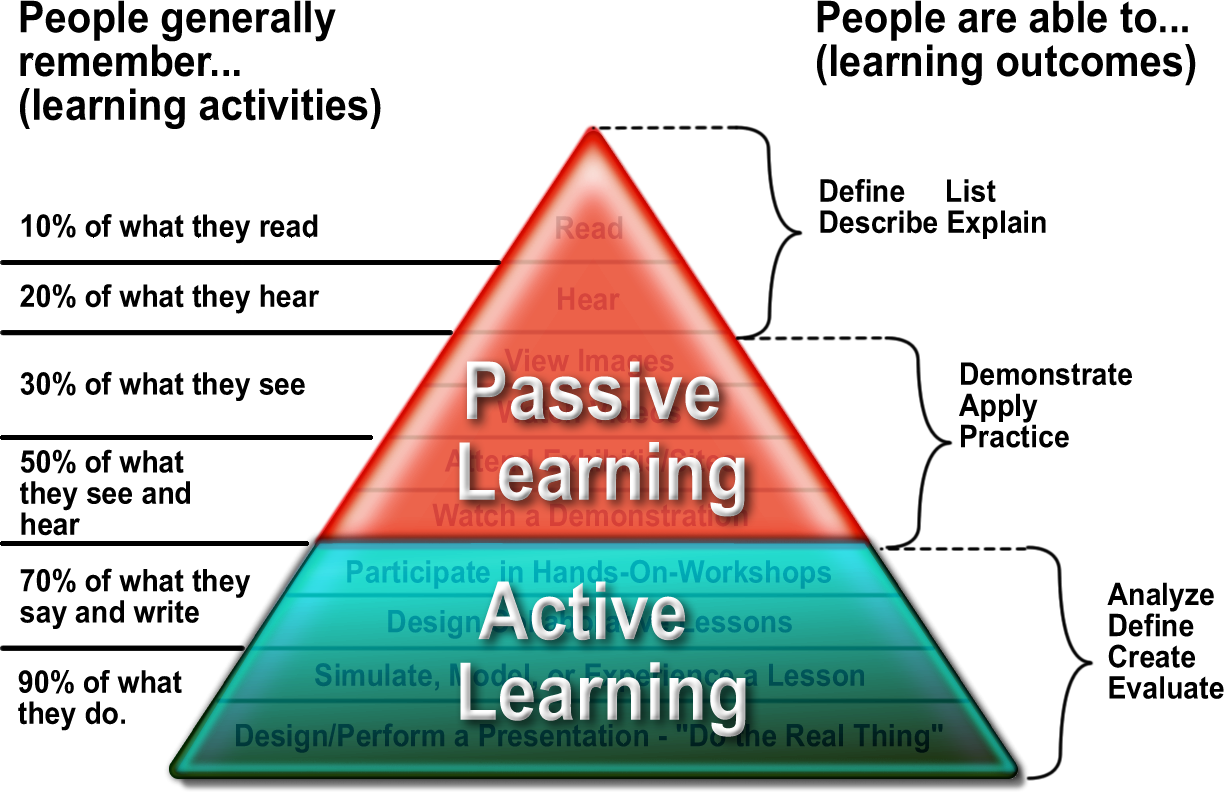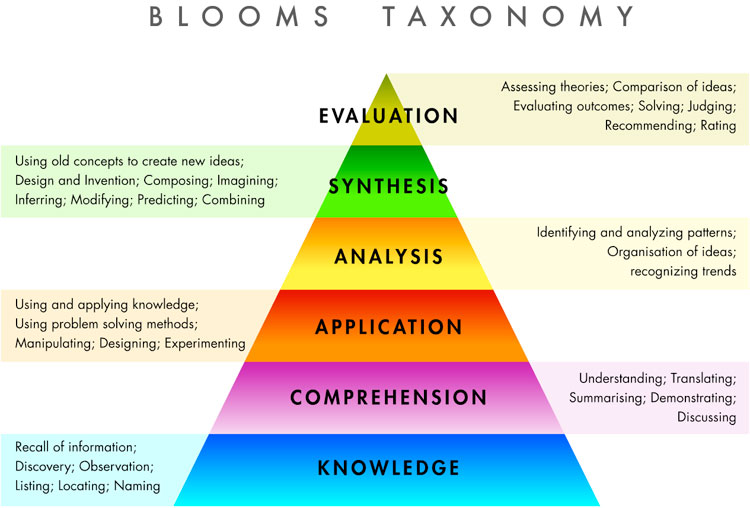Considerations for ensuring access to all learners.
- Knowing the extent of ability within my student group, their learning styles, building a strong rapport with them, working alongside.
- Encouraging peer to peer support.
- I also encourage and advocate strongly that my students form study groups, where they can support each other - it is much easier to work in a group than working in isolation.
- Tailor lessons to include activities that are practical and that students can take away and use as tools i.e. group work, self care plans (i.e. WRAP)
- Reading through their student applications thoroughly at the beginning of course so that I know who might have learning difficulties, a disability which could impact upon their studies, language barriers, distance students - this way I can set up the most respectful and appropriate way of supporting them to achieve their studies whilst on course.
- Empower students to know and understand their learning preferences abilities and also to be aware of where they might struggle.
- Repetition - talking about OP student services, IT, help within the school, no question is a silly question no matter how many times it is asked.
Factors of diversity will be examined.
The big one here for me as an educator is that everyone learns and comprehends at a different pace. No 2 students are the same.
Being aware of where each individual is at is vital, in my case we are fortunate to have a Teaching Assistant present in all of our certificate classes, this role is to provide tutorial and class support and she is able to keep us up to date with those who are struggling. She provides tutorial support and we work together to get on top of student learning difficulties.
For example our class this year in Cert in Human Services is extremely diverse, we have a strong cohort of reader/writers, students who have English as their second language, a student who can lapse into absent seizures, our youngest is 16 and our oldest is 50+, a student with deafness in one ear.
These all provide a wide scope to ensure that they have their needs met, it could be writing out what is expected study-wise outside of class, directing face-to-face teaching to the student who only has hearing in one ear, checking in with students who have language barriers and speaking clearly so they can understand. Setting up tutorial support for students who are not confident about what they are doing assessment wise.
Encouraging students to use the moodle forums to ask questions (or answer them!). My set office hours are also a way to meet with students to ensure they are on track.
If students are struggling referring them to student services or the learning centre.

Retrieved from: http://finntrack.co.uk/edevelopment.htm
Your learners’ preferences and abilities will be discussed.
- Course Feedback from surveys
- Listening and jotting down students thoughts when they arise during class/tutorial sessions.
- Feeding back to students about what will be changed, this way they no we haven't just given them lip service.
- Using Bloom's Taxonomy when marking, giving clear concise feedback to ensure the student is aware of where they need to improve/receive help or where they are excelling.

Lisa your post demonstrates that you have considered a variety of ways to support inclusive teaching.
ReplyDeleteThe diagram about passive versus active learning certainly illustrates the challenge facing all teachers. I can't imagine that any teacher would be happy with 10% yet to provide the 90% level of engagement, it is clear that a range of learning approaches need to be offered. Sometimes, it just get too hard, and teachers stick with the status quo. You are clearly not one of these teachers.
Your statement sums it up: "The big one here for me as an educator is that everyone learns and comprehends at a different pace. No 2 students are the same." The study groups and your acknowledgement that peer support is important would be useful in assisting this diversity. How do you encourage peer support - do you have the students working on projects?
P.s. Lisa please add the source for your images to the blog post - I usually add a name for the image as well as a link to the website and the name of the author - this goes below the image. Luckily the cone of learning (active versus passive learning) appears not to be subject to copyright - that is it is freely available in the public domain.
ReplyDeleteOther licenses which allow re-use of images are Creative Commons by attribution and CC share-alike. I tend to use : Creative Commons search engine when looking for open material.
Thank you Bronwyn, I will add this to my Blog, and thank you for the link!!
ReplyDelete